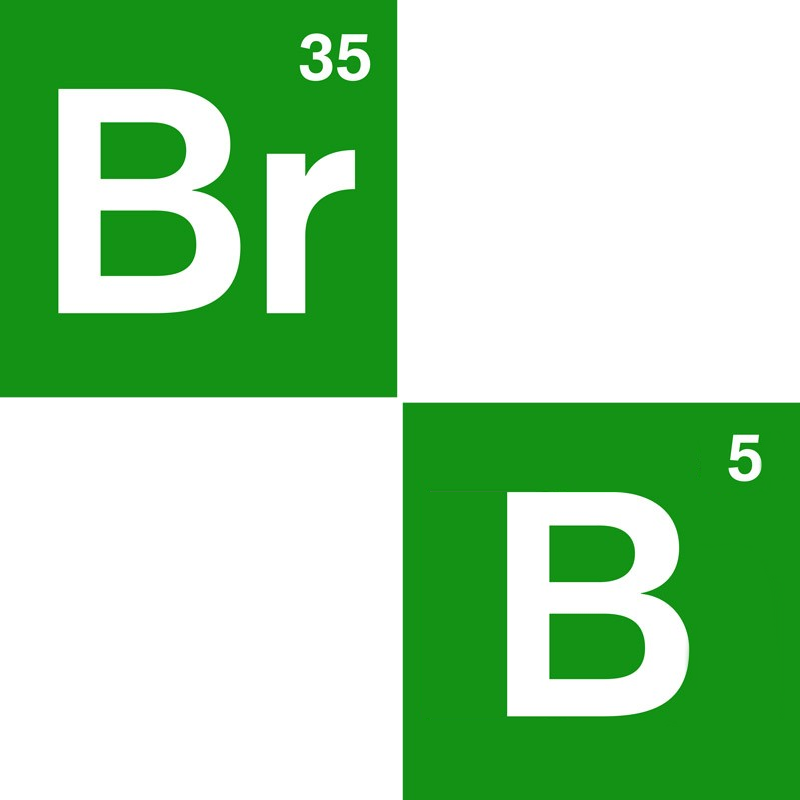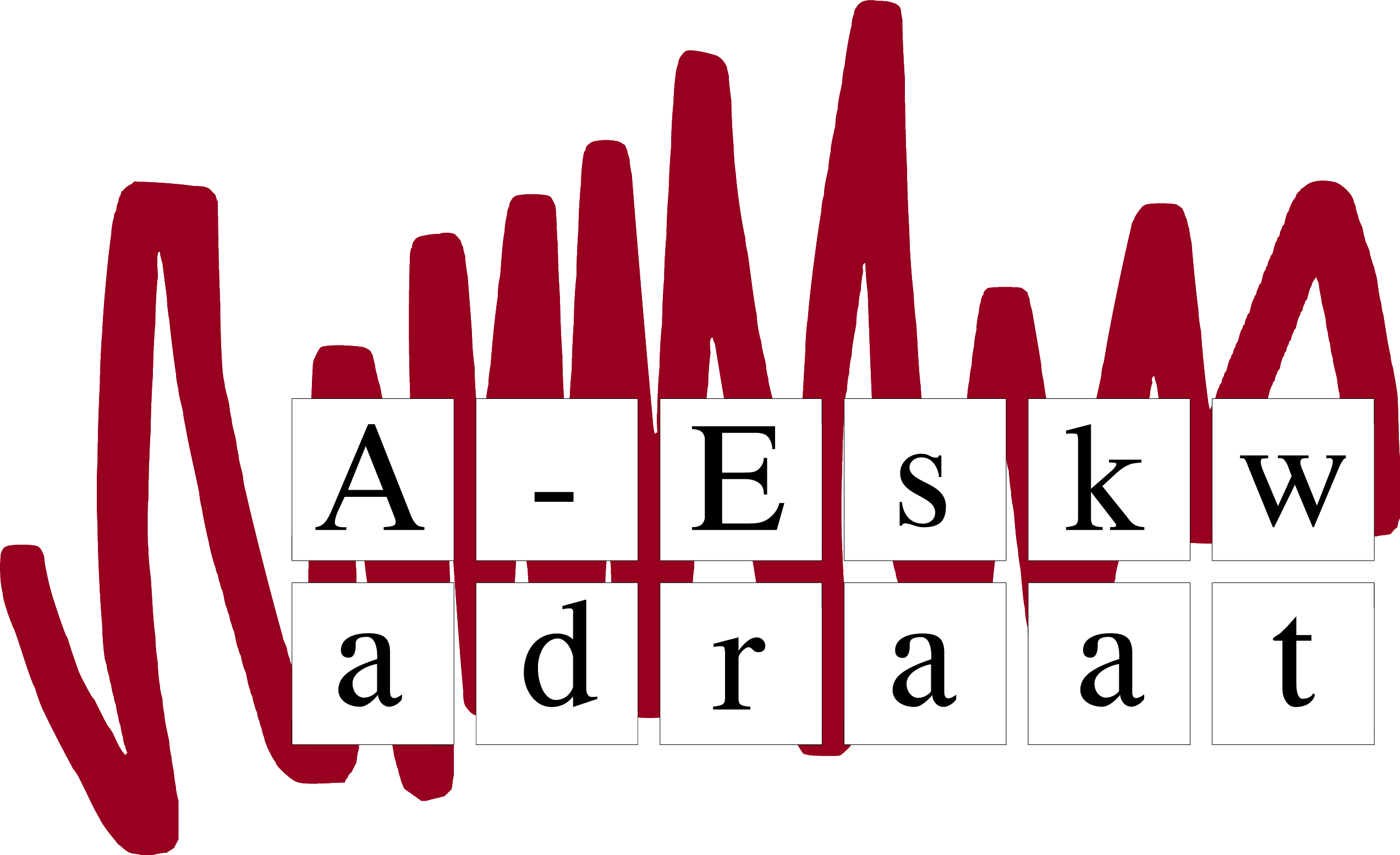Iontronics: 21st-century physics from 19th-century equations
Quantum mechanics and relativity are of course true monuments of 20th-century physics, with fascinating open question and recent breakthroughs involving e.g. black holes, high-Tc superconductors, or gravitational wave detection. Solid-state electronics, which is deeply rooted in quantum mechanics, has long been another society-changing driving force developed during the 20th century. One could therefore easily think that all interesting developments in physics must revolve around these fields. Our own body, however, is still full of surprises and ill-understood phenomena, e.g. the working of the brain or the cause of cancer and dementia. At the same time the availability of clean and fresh drinking water is a huge societal problem in large parts of the world. Or how does an electric eel produce a potential difference that exceeds 600 V? Problems like these do not involve quantum mechanics or relativity: here ions (rather than electron and holes) move around in room-temperature liquids (rather than in solids close to absolute zero). In living organisms the ions are driven through membranes by ion pumps, and in artificial nanofluidic devices they are conducted through e.g. carbon nanotubes by electric fields, advected by osmotic flow, or spontaneously diffusing from high to low concentrations. The underlying equations for these physical phenomena all go back to the 19th century, e.g. the Laws of thermodynamics, the Poisson equation for electrostatics, the Navier-Stokes equation for fluid flow, and Fick’s law for diffusion. With modern computer-power, however, we can now actually solve these (coupled, nonlinear, partial differential) equations, even with new boundary conditions relevant on the nanometer scale. The nonlinear couplings give rise to new phenomenology, as we will see. The emerging field of iontronics involves, for instance, liquid cables (like our nerve cells), liquid diodes and transistors, artificial kidneys, blue-energy harvesters, and new proposals for desalination devices based on kidneys; iontronics therefore largely defies some traditional boundaries between physics, chemistry, biology, medicine, and engineering. In this talk we will discuss some recent developments in these areas.

